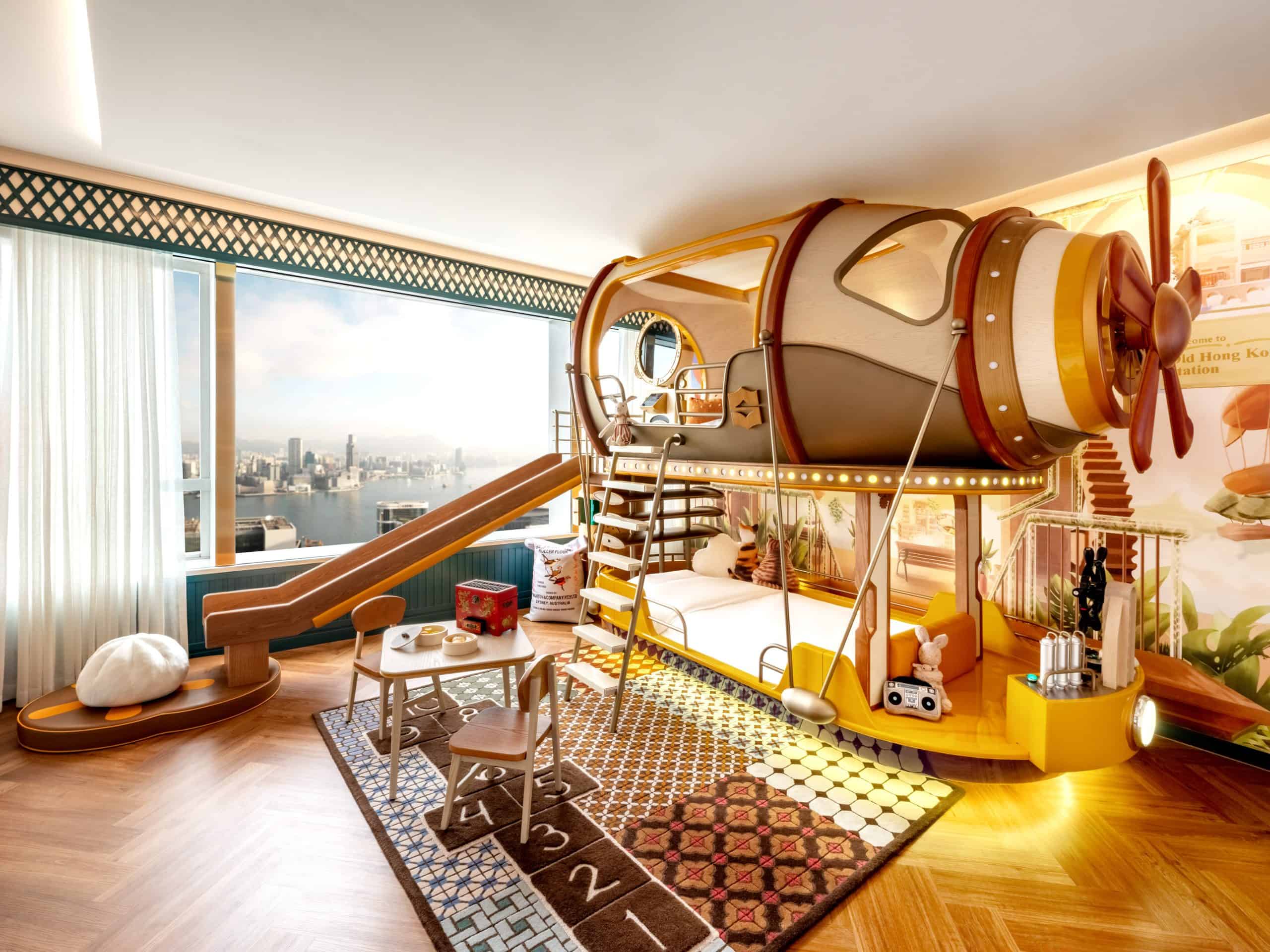In case you hadn’t heard, it’s plastic-free July which means everyone is making a big push to clean up their act and ditch single-use plastic waste. However, living plastic-free in Hong Kong is a lot easier said than done: Hong Kong’s plastic footprint is huge, with 5.2 million plastic bottles disposed of daily, with more than 14,000 tonnes of plastic sent to landfill each week and only 14% of plastics actually being recycled. Luckily, Compare Retreats expert, environmentalist and Plastic Ocean’s ambassador Cristina McLauchlan is here to help. From where to shop to where to eat, Cristina gives us her top tips on how to live plastic-free in Hong Kong.

What To Do When Eating Out
I always carry in my bag a cutlery pack which I purchased from Patagonia. It has a spoon, fork and chopsticks, and comes in a handy bag in my favourite colour purple, plus it’s lightweight and easy to have on me at all times. I have added an stainless steel straw as well that I purchased online from NO!W No Waste.
If you have forgotten your pack (and some days I do), refuse firstly the single-use plastic straw—we all have mouths to sip from and straws are an accessory most of us don’t need. Maximal Concepts do not use straws in any of their F&B properties.
In regards to plastic cutlery, this can be a bit trickier. If there really are no alternatives, I talk to the manager to let them know there are more sustainable cutlery options, and most times I will contact the head office to try and meet with someone who has the power to change this aspect of the company procurement.
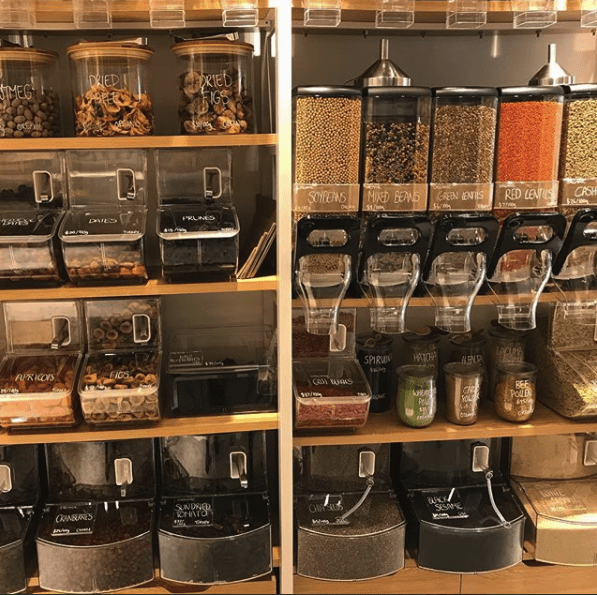
What To Do When Shopping
You all know this already: bring your own bag. Make sure that you always have one on you, and if not, purchase the reusable one in-store; there are so many stores that are providing paper bags or the option to buy a cloth one. I tend to carry a rather large bag on me anyway, which most of the time manages to fit the small day to day items I purchase.
Try to shop in bulk, or use stores like Live Zero where you have to bring your own jars, bags and boxes to fill. Avoid products that are individually wrapped in plastic.
You can also lend your support to eco-initiatives and consciously choose brands who are doing more than their share of the work to clean-up the Earth. ReDress is a sustainable NGO working to make fashion more sustainable with pre-loved pop-ups and supporting local, eco-friendly design talent. Social enterprises like Rehash Trash is a Cambodian company making gorgeous recycled handbags from plastic bags—while removing around 5000 bags each week from the streets of Siem Reap, it also provides work for women from disadvantaged backgrounds.
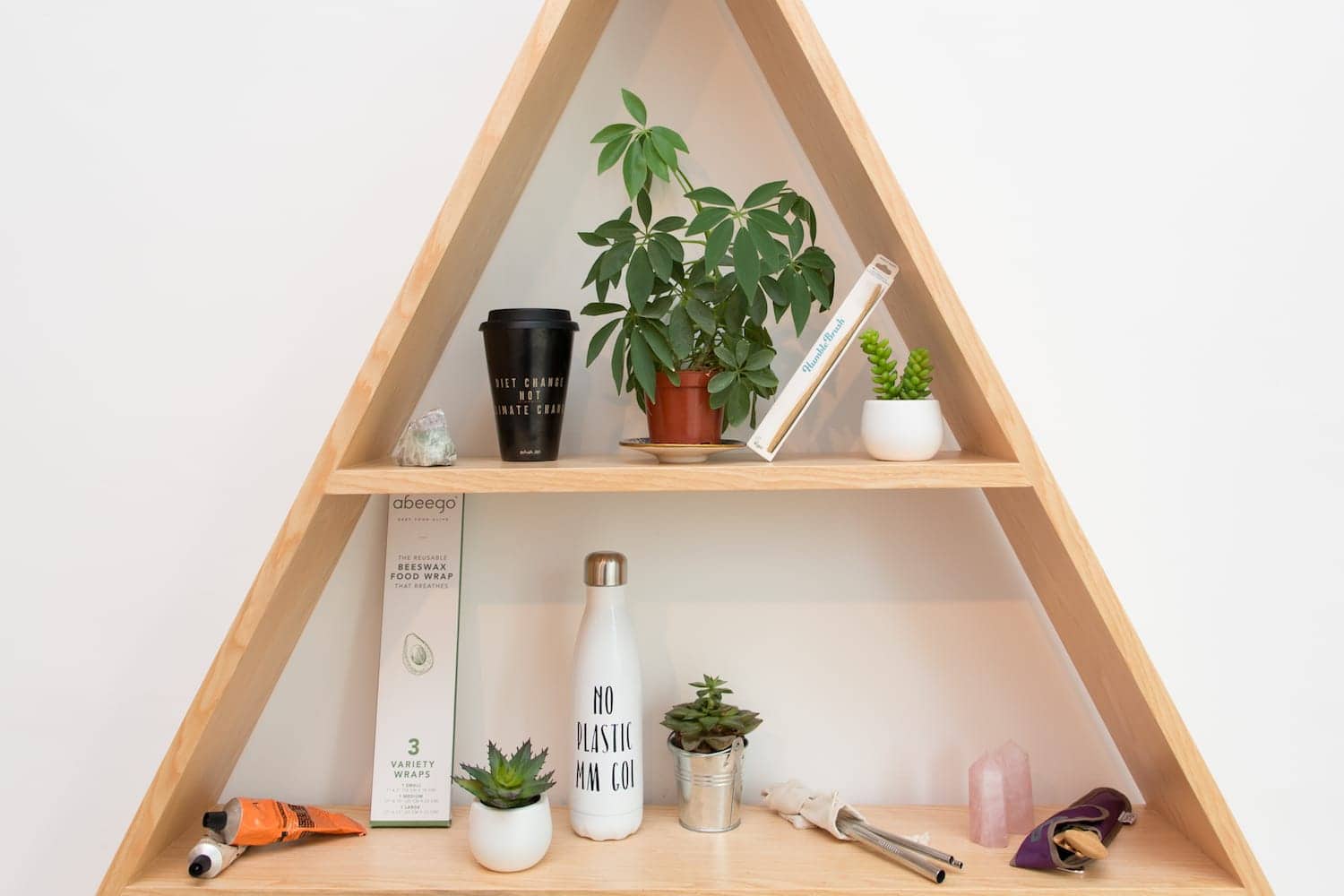
What To Do With Plastic At Home
It all starts with you in your home. Firstly, do your best not to purchase items that are covered in plastic. Refuse at the checkout counter when they place your vegetables or fruit into secondary plastic bags. You can also swap out standard household plastic products – like cotton buds or toothbrushes – for non-plastic eco-friendly one. I use the Humble Toothbrush, which is made of bamboo and breaks down far quicker in landfill. Switch your tinfoil and clingwrap for reusable beeswax food wraps, or go for reusable tubs.
Once you’ve minimised the plastic coming into your home, the second step is to organise what does make it in: sort your bins.
- 1 bin for food waste
- 1 bin for plastic waste
- 1 bin for paper waste
You can then dispose of your plastic in the government plastic bins around Hong Kong.
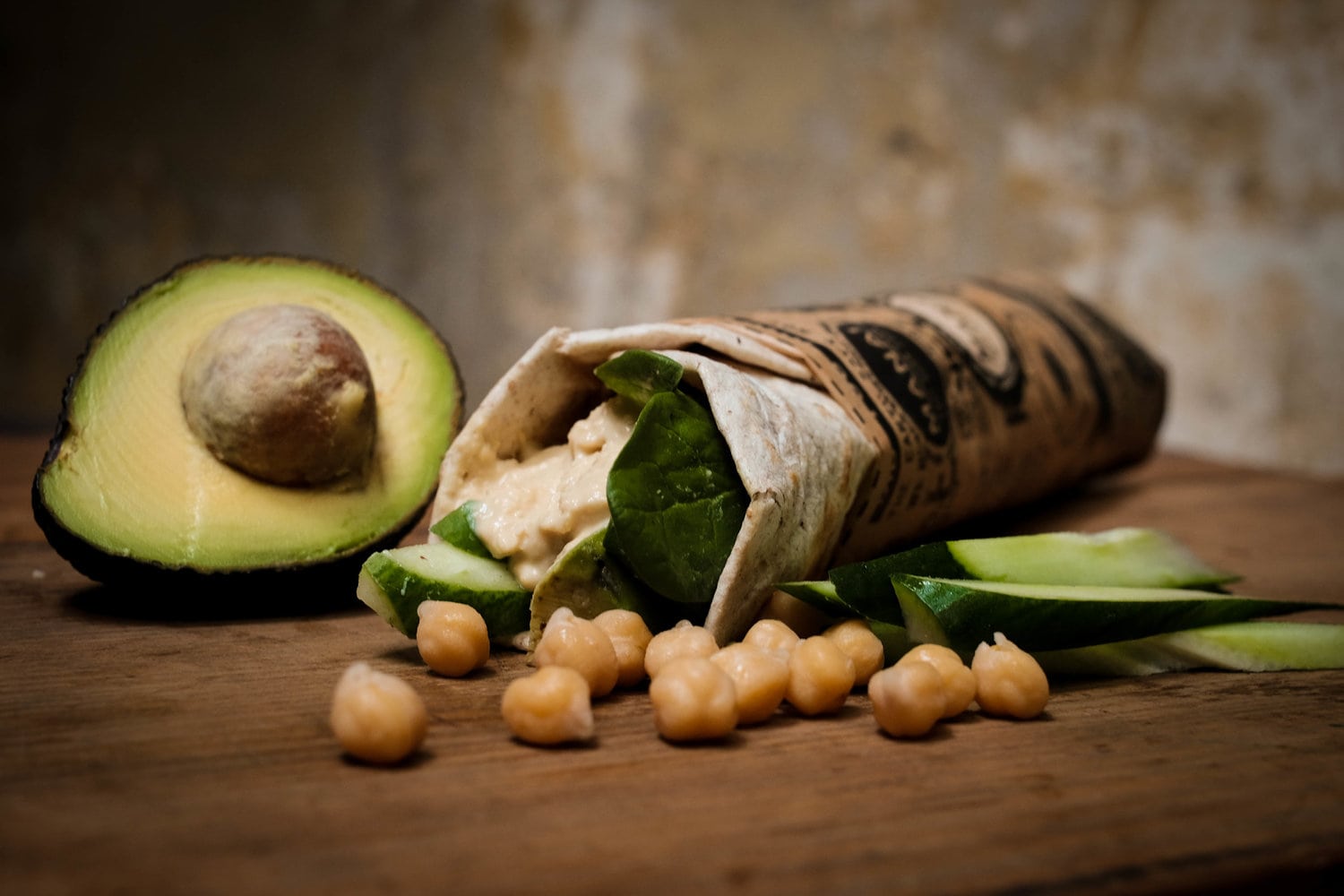
What Companies, Brands & Business To Support
There are so many restaurants, shops, hotels, and stores around Hong Kong who are making an effort to ditch the single-use plastic, and it’s important to support these sustainable businesses—these are some of my favourites at home and abroad.
- MANA! Fast Slow Food and MANA! Cafe has always promoted sustainable dining, through their food and service ethos.
- All Maximal Concepts food and beverage outlets, co-founded by Malcolm Wood (who I am working with on an exciting upcoming film about climate change)
- Grassroots Pantry, owned by friend and Girl-Boss Peggy Chan
- YardBird Restaurants, run by Lindsay Jang, are working to reduce their plastic waste,
- Feather and Bone, where you can request for staff to not pack in plastic, then donate your loyalty rewards points to A Plastic Ocean
- Lush, who has been such a wonderful activator in our Hong Kong community
- NO!W No Waste owned by friend Fanny Moritz
- Globelet, who I met at TEDx Sydney and provide recycled plasticware for events and festivals.
- Lion Rock Press, for their No Plastic Mmmm Goi range which is available at Bookazine.
- Rehash Trash, making bags using recycled plastic bags in Cambodia.
- Live Zero’s bulk-buy store in Sai Ying Pun and boutique in PMQ where you can buy reusable food wraps and pick from a selection of metal and glass reusable straws, reusable cutlery and sustainable kitchenware.
- Ocean Park Conservation Foundation and Deliveroo are helping more than 800 restaurants across the city reduce their plastic with the No Straw campaign. Deliveroo additionally offers ‘opt-in’ for cutlery and are aiming to offer non-plastic packaging in 2019.
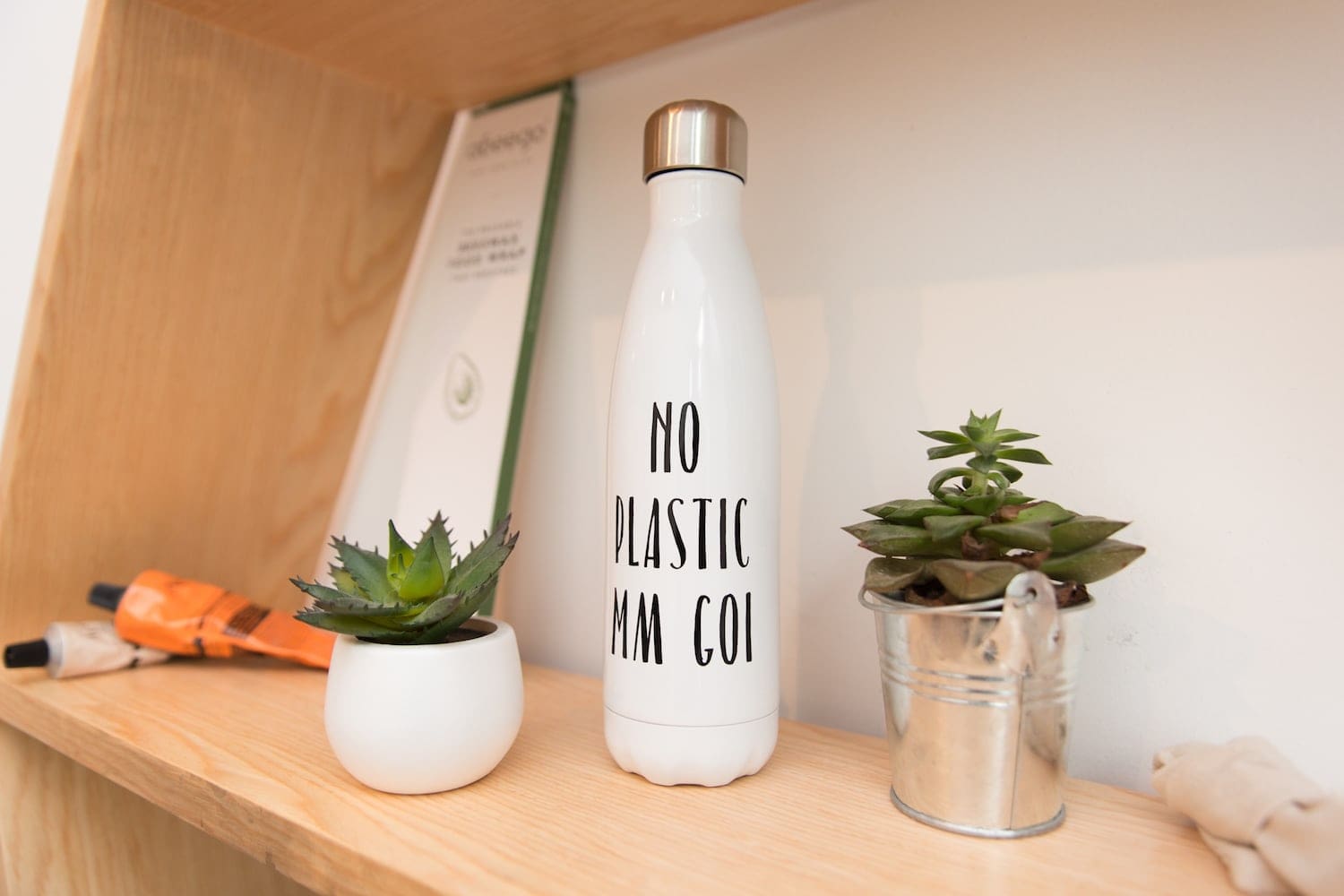
What To Do About Water
A lot of people in Hong Kong turn to bottled water because they don’t like to drink from the tap, but if you don’t have drinkable tap water at home, buy a water filter: either a Brita filter jug, or one for the tap head (get discount on this great water filter with the code ‘VIBETRIBE’). You can then purchase a reusable water bottle like the great No Plastic Mm Goi bottle from Lion Rock Press which donates 10% of the purchase to A Plastic Ocean.
Additionally, when you’re out and about, you can find free, drinkable water using this app. And what if you forget your water bottle or reusable coffee cup? Most outlets have glasses and cups that you can enjoy your drink in-house, to hydrate or have your tea/coffee, and you can now use the 5-10 minutes to relax at the location you are having a beverage at. Alternatively, you can also invest in two water bottles or reusable coffee cups—one for home and one for the office—to reduce your chance of being without.
What To Do To Help Out
You can get involved with Plastic Oceans by hosting film screenings, joining their mailing list, or donating directly to the cause. Check out more of their social projects and partnerships here.
Use Compare Retreats Plastic-Free map, which includes all of Cristina’s recommendations, to navigate yourself more sustainably around Hong Kong:
Do you have any more tips for going plastic-free? Tell us in the comments!



